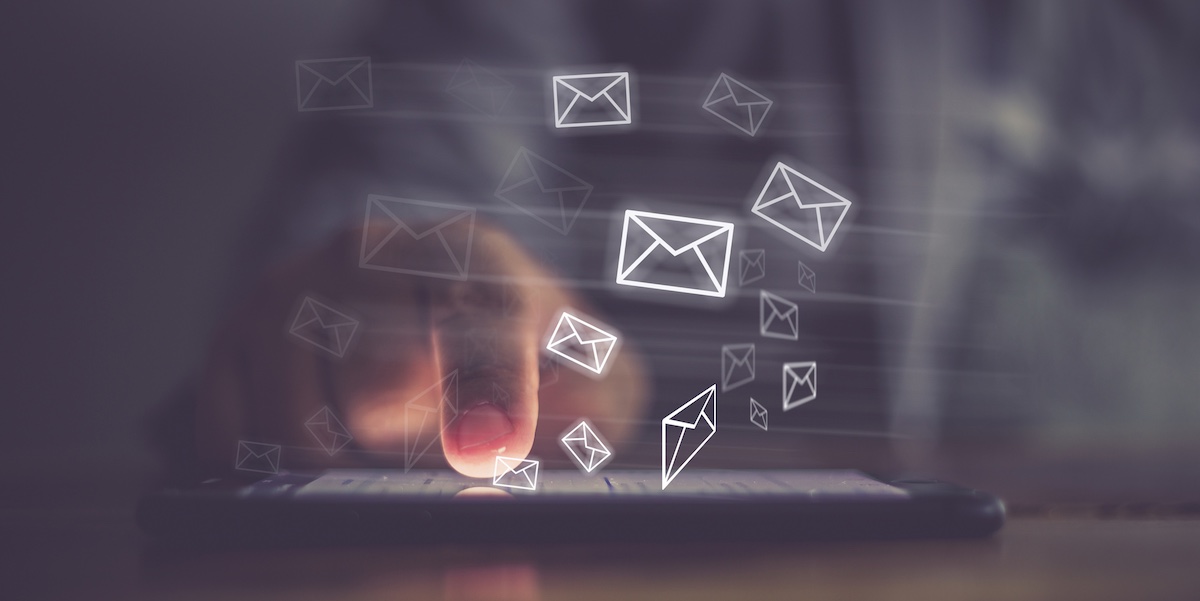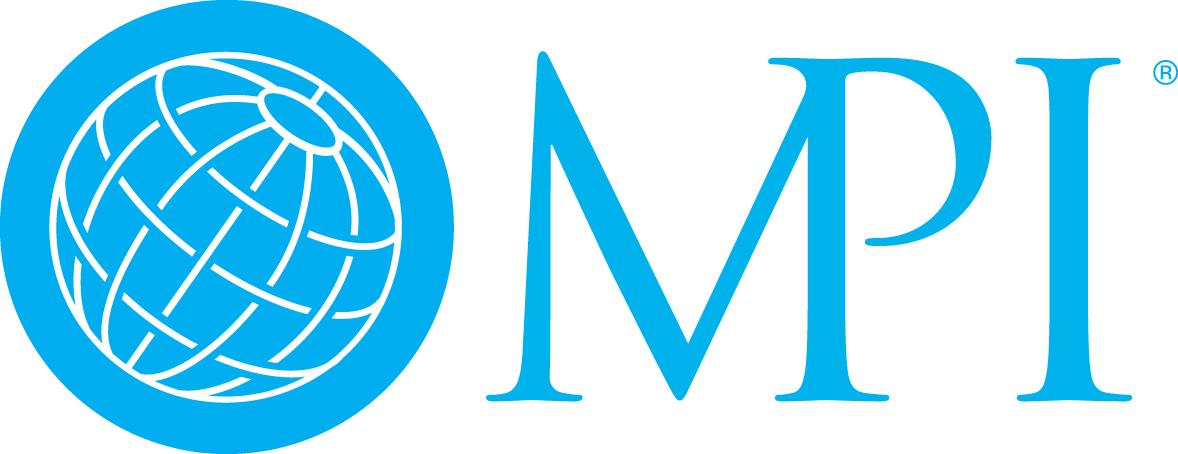By Javan Van Gronigen
While nonprofit marketing strategies have changed with the advent of technology, your organization has likely stuck to one tried-and-true strategy through it all: email. It’s clear to see why. According to Double the Donation, nearly 30% of all fundraising revenue comes from email appeals. It’s also useful as a budget-friendly method to promote your nonprofit’s events.
That being said, taking a data-driven approach to your email marketing campaign will yield the most event signups and, ultimately, dollars for your cause. Let’s explore how you can leverage email marketing in each step of the event management process.

Pre-event email marketing
Your event email marketing campaign should begin long before you draft your first appeal. Take the following steps to position your campaign for maximum impact.
- Lay out a detailed email strategy in your nonprofit marketing plan. Adding as much nuance as possible to your strategy during the early planning stages is the best way to mitigate risks and ensure a successful outcome. Remember to set specific, data-driven and reasonable goals for your organization’s timeline. Also, align yourself and your marketing team by making this plan the source of truth for your campaign, ensuring that everyone is coordinated and nothing falls through the cracks.
- Prioritize segmentation. Your target audience of attendees will respond better to content that directly appeals to their interests. Segment your recipient list based on age, net worth and relationship with your organization. Then, craft messages that specifically resonate with that group to catch their attention.
- Create engaging email content. Your recipients likely receive hundreds of emails a day, so making yours stand out is crucial. Highlight what makes your event unique, such as hybrid or remote components, special prizes or gifts and/or guest speakers. Also, remember to feature your beneficiaries in the email to build emotional connections between them and the recipients immediately.
- Test your messaging. The best way to mitigate blind spots as a marketer is to ask your target audience for their opinions. Create test emails and send them to different segments. Then, poll them to see what resonated with them and tailor your real marketing messages accordingly.
- Analyze past event marketing campaigns. Taking a data-driven approach to your email marketing strategy is crucial, and your past event marketing pushes are a great place to start gathering information. Analyze data such as your email open rate, conversion rate and listserv signup rate to determine what your audience has responded well to in the past and how you can improve your technique.
- Invest in email automation. Email automation platforms reduce human error and facilitate more targeted outreach in your campaign. With the right software, you can create email workflows, personalize your emails with merge tags and monitor your KPIs with data-reporting integrations.
Proactively taking these steps is key to streamlining the email rollout process, mitigating future risks and meaningfully connecting with your target audience.
Event marketing email content tips
Now that you know how to prepare your event email marketing campaign, it’s time to put your ideas into action! While each event has unique selling points that you should consider while writing your content, the following general tips can enhance your outreach for any type of event.
- Use your nonprofit’s branding. Including your organization’s visual and ideological brand elements in your event marketing emails is necessary for building recognition and credibility with your audience. For instance, add your nonprofit’s logo and slogan to the top of your template and use your colors and fonts throughout the copy. Don’t forget to align your marketing copy with your values and tone of voice to reinforce your nonprofit’s identity and attract like-minded supporters.
- Craft compelling email subject lines. An effective marketing email’s subject line hooks the target audience immediately and encourages them to take action. Use action verbs that inspire urgency, such as “Don’t miss out” or “Last chance to sign up.” Also, use segmentation to incorporate the recipient’s name and avoid spam triggers like excessive exclamation points or capitalization in the subject line.
- Include visible CTA buttons. Clickable CTA buttons and banners catch your audience’s attention and funnel them to the pages you want to highlight. For event marketing emails, you might direct them to your event signup page, “about” page or donation page. To design your CTA button, use snappy action verbs and appealing colors to encourage your audience to click through.
- Incorporate storytelling best practices. Whether you’re hosting a charity auction or an educational webinar, your event has a purpose and impacts real people. Make an emotional impact on your target audience by telling your beneficiaries’ stories. Fifty & Fifty's storytelling guide recommends sharing the names, photos and backgrounds of beneficiaries (with their permission) to raise awareness for your cause and foster a connection between them and your email recipients.
- Regularly collect and act on data. Monitoring KPIs such as open rate, click-through rate and conversion rate throughout the campaign allows you to pivot when necessary, yielding an optimal approach. For example, if emails with CTA buttons yield 50% more click-throughs than those without, you know how to pivot your strategy appropriately.
While incorporating these techniques, collect feedback from your board members and supporters to understand what keeps your audience’s attention and funnel them to your event signup page.
Post-event email use cases
Once your event is over, your work isn’t finished! While you won’t use email to promote your event at this stage, you can still leverage it to start laying the groundwork for future event marketing campaigns. During this stage, you should do the following.
- Collect feedback from attendees. Send short surveys to your attendees via email to gauge their satisfaction with the event and how they heard about it (i.e. email, flyer or social media).
- Report on your data. Now that your campaign has ended, you can create a complete picture of your email campaign outcomes using data reporting. Host a debrief meeting with your team to review your KPIs and start brainstorming future techniques based on them.
- Thank your attendees and volunteers. Show your appreciation to your attendees and volunteers for supporting your nonprofit. Highlight key successes and explain how they will impact your beneficiaries. This can incentivize them to continue their involvement with your organization.
By continually reviewing and iterating on your email marketing techniques, you can keep the momentum going after the event ends and convert first-time attendees into long-term supporters.
In summary, email can be used for much more than simply sending messages to your supporters. By using dynamic email marketing techniques like segmentation and investing in the right software solutions, you can future-proof your nonprofit and secure support for not only this event but those that are to come.

As Founder and Creative Director of Fifty & Fifty, Javan Van Gronigen is the tip of the proverbial spear. Javan started his digital design career 20 years ago as Art Director for what is now one of the world’s largest digital agencies (Mirum, a JWT Company). He then moved on to Invisible Children where he was responsible for managing the team and all digital assets through the entire historic Kony 2012 campaign. At Fifty & Fifty, Javan has participated in and led every project, including 300+ websites, campaigns, and brands.



